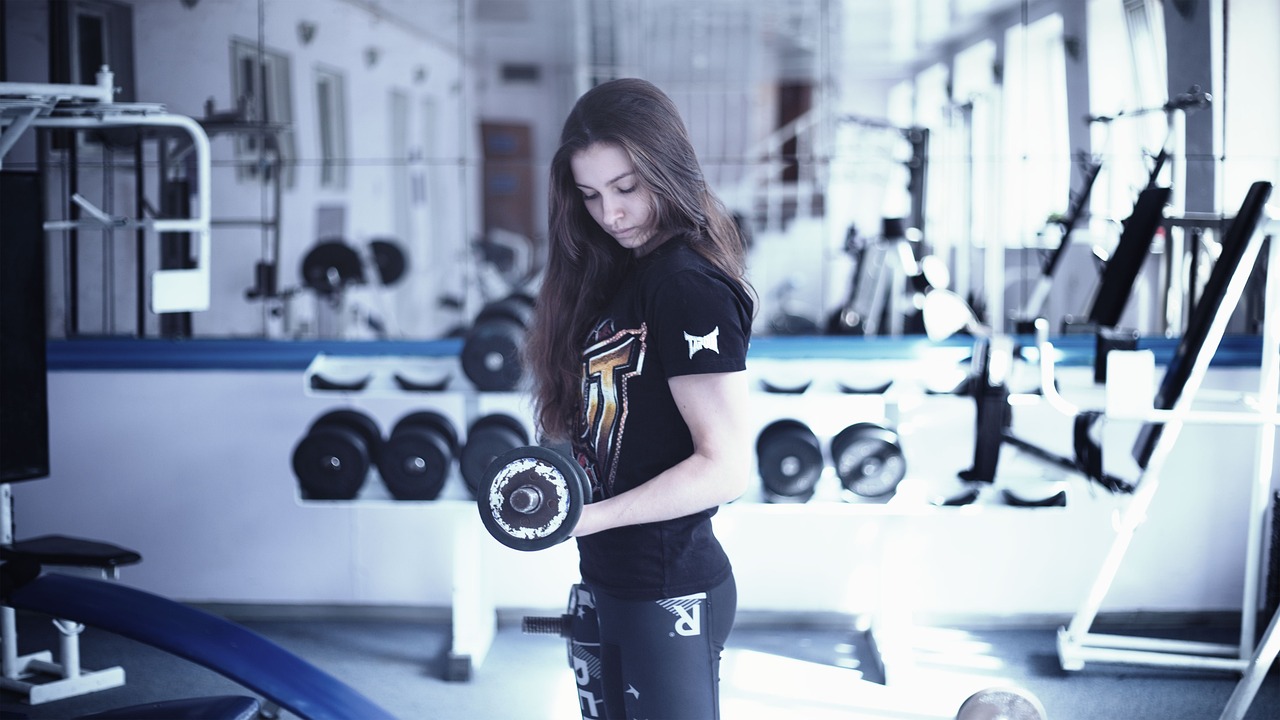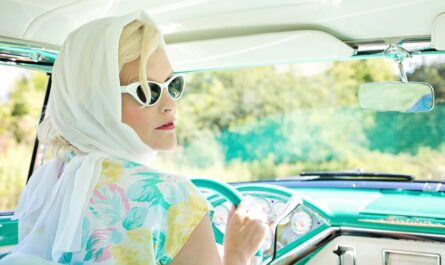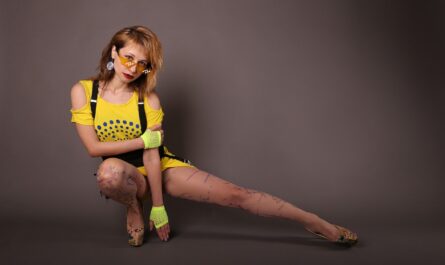The 1990s was an era defined by its focus on comfort, simplicity, and a return to a more natural aesthetic. Fashion trends of the time reflected a desire for relaxed and effortless style. Popular clothing choices included loose-fitting jeans, T-shirts, and hooded sweatshirts. Additionally, the emergence of hip-hop culture and electronic music were significant cultural markers of this era.
The fashion of the 1990s embraced a laid-back and casual aesthetic, departing from the excess and glamour of the previous decade. It was an era that celebrated simplicity and comfort, prioritizing functionality and ease of wear. One of the iconic fashion pieces of the 1990s was the wide-leg or baggy jeans. This denim style, often paired with oversized T-shirts or flannel shirts, represented a departure from the tight-fitting and exaggerated silhouettes of the 1980s.
T-shirts became a staple of 1990s fashion, reflecting the desire for a more relaxed and minimalistic approach to dressing. Graphic tees featuring band logos, slogans, or popular culture references were popular among both men and women. T-shirts were often paired with jeans or shorts, creating a comfortable and effortless look.
Hooded sweatshirts, commonly known as hoodies, gained popularity during the 1990s. They offered a casual and sporty vibe, becoming a go-to choice for a relaxed and urban-inspired style. Hoodies were often worn with jeans or track pants, reflecting the rise of streetwear and the influence of hip-hop culture.
The 1990s saw the emergence of the hip-hop and rap scene, which had a significant impact on fashion trends. Baggy pants, oversized jerseys, and sneakers became synonymous with the hip-hop culture and influenced mainstream fashion. Athleisure wear, characterized by comfortable and sporty clothing, gained popularity as people sought clothing that could seamlessly transition from casual wear to active pursuits.
The natural and minimalistic aesthetic extended beyond clothing to hairstyles and makeup. In the 1990s, there was a shift towards more relaxed and undone hairstyles. The “grunge” look, popularized by bands like Nirvana, embraced messy and unkempt hair. Natural makeup with neutral tones and a focus on enhancing one’s features became the go-to look for many.
Music also played a significant role in shaping 1990s fashion. Electronic music, particularly the emergence of rave culture, had a profound influence on style. Ravers embraced brightly colored clothing, glow-in-the-dark accessories, and oversized shirts or pants. The fashion of the rave scene embraced boldness and individuality, with an emphasis on self-expression and creativity.
The fashion of the 1990s represented a time of embracing simplicity, comfort, and a more relaxed approach to style. It celebrated individuality and a departure from the opulence of previous decades. While some aspects of 1990s fashion may be seen as nostalgic or dated today, its impact can still be felt in modern fashion. The 1990s remains a significant period in fashion history, symbolizing a time of embracing authenticity, practicality, and cultural diversity.



